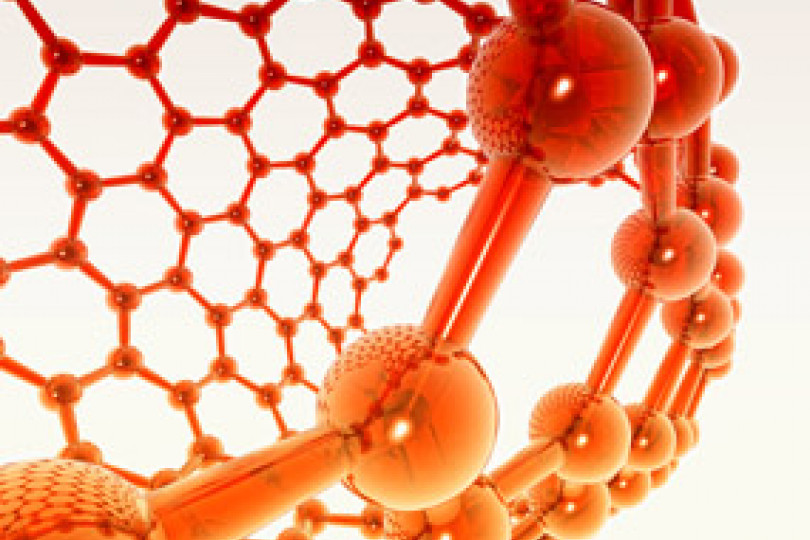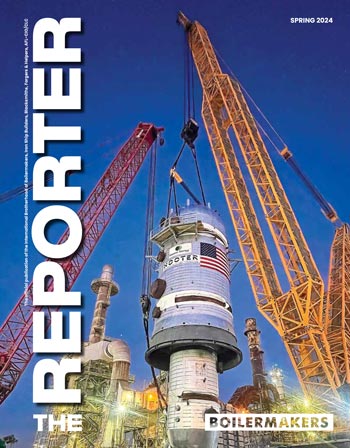Material works “like a sponge,” says Australian researcher
RESEARCHERS AT THE University of Adelaide in South Australia have announced that they have developed a new nanomaterial that could help reduce carbon dioxide emissions from coal-fired power stations. [Nanotechnology refers to manipulating matter on an atomic or molecular level.]
The new nanomaterial, described in the Journal of the American Chemical Society, efficiently separates carbon dioxide, a greenhouse gas, from nitrogen, the other significant component of the waste gas released by coal-fired power stations. This would allow the carbon dioxide to be separated before being stored, rather than released to the atmosphere.
“A considerable amount of Australia’s — and the world’s — carbon dioxide emissions comes from coal-fired power stations,” says Associate Professor Christopher Sumby, project leader and ARC Future Fellow at the University’s School of Chemistry and Physics.
“Removing CO2 from the flue gas mixture is the focus of a lot of research. Most of Australia’s energy generation still comes from coal. Changing to cleaner energies is not that straightforward but, if we can clean up the emissions, we’ve got a great stop-gap technology.”
The researchers have produced a new absorbent material, called a ‘metal-organic framework,’ which has “remarkable selectivity” for separating CO2 from nitrogen.
“It is like a sponge but at a nanoscale,” says Associate Professor Sumby. “The material has small pores that gas molecules can fit into — a CO2 molecule fits, but a nitrogen molecule is slightly too big. That’s how we separate them.”
Other methods of separating CO2 from nitrogen are energy-intensive and expensive. This material has the potential to be more energy efficient. It’s easy to regenerate (removing the CO2) for reuse, with small changes in temperature or pressure.
“This material could be used as it is, but there are probably smarter ways to implement the benefits,” says Sumby.
“One of the next steps we’re pursuing is taking the material in powder form and dispersing it in a membrane. That may be more practical for industrial use.”







